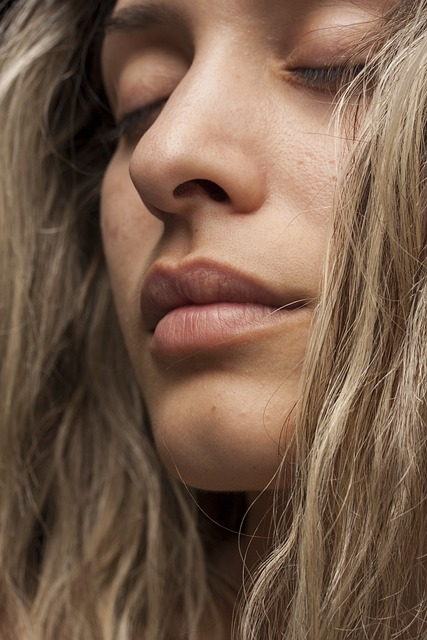Lipstick and lip liner are more than cosmetics—they're complex formulations designed to enhance and protect lips. Lip liners, crucial for makeup enthusiasts, refine lipstick application, prevent color transfer, and prolong wear. Consumer awareness about safety is key, as chemicals in lip products may pose health risks. Staying informed involves reading ingredient lists and choosing products with fewer potentially harmful substances, as research on their long-term effects evolves.
Uncover the hidden ingredients that make up your favorite lipstick. From vibrant shades to long-lasting formulas, we’re diving into the science behind these beauty staples. We’ll explore the role of lip liner as a crucial tool for enhancing and protecting your lips, while also shedding light on safety considerations and potential health risks associated with chemicals in cosmetics. Stay tuned to navigate this intriguing world of beauty products, focusing specifically on the power of lip liner.
- Uncovering the Ingredients: A Closer Look at Lipstick Formulas
- The Role of Lip Liner: Enhancing and Protecting Your Lips
- Safety Considerations: Understanding Potential Health Risks Associated with Chemicals in Cosmetics
Uncovering the Ingredients: A Closer Look at Lipstick Formulas

Lipstick, a staple in many beauty routines, is more than just a vibrant color on your lips. It’s a carefully crafted combination of ingredients designed to enhance and protect your lip texture. Unveiling these secrets requires a closer inspection of lipstick formulas, where various chemicals play their roles, from providing pigment to ensuring longevity.
Each lipstick, including those paired with lip liners, contains a blend of emollients, waxes, and pigments. Emollients, such as beeswax or candelilla wax, contribute to the creamy texture and help lock in moisture. Pigments offer the range of colors we see on shelves, from subtle nudes to bold reds. Additionally, preservatives act as guardians against microbial growth, ensuring product stability. This intricate mix creates a product that not only enhances beauty but also demands scrutiny for potential sensitivities or health concerns.
The Role of Lip Liner: Enhancing and Protecting Your Lips

Lip liners are an essential tool in any makeup enthusiast’s kit, serving a dual purpose that enhances and protects your lips. Beyond simply providing a clean edge to your lipstick application, lip liners create a barrier, preventing color transfer and helping to prolong the wear of your favorite shade. They also fill in lines and cracks on the lips, creating a smoother canvas for lipstick to glide over, ensuring even coverage and a more durable look.
The use of a lip liner before applying lipstick can also help prevent the need for frequent reapplication throughout the day. By locking in color and adding depth, lip liners enhance the overall aesthetic of your makeup look while keeping your lips soft and healthy.
Safety Considerations: Understanding Potential Health Risks Associated with Chemicals in Cosmetics

When it comes to cosmetics like lip liners, understanding the safety considerations and potential health risks associated with their chemical composition is paramount. While the industry often assures consumers of product safety, it’s crucial to be aware that certain chemicals used in lipstick and lip liner can pose risks if absorbed into the body. These include fragrances, which may contain harmful synthetic compounds, and lead, a toxic metal sometimes found in small amounts due to manufacturing processes or colorants.
Moreover, some lip products may contain parabens, commonly used preservatives linked to potential hormone disruption. Formaldehyde-releasing preservatives and triclosan, an antibacterial agent, are also concerns. It’s essential for consumers to stay informed, read ingredient lists, and opt for products with fewer chemicals of potential health interest. Regularly updating knowledge about cosmetic safety is vital to making informed choices, especially as new research continues to shed light on the long-term effects of these substances.
Lipstick, a staple in many beauty routines, contains a complex mix of ingredients, including various chemicals. While these substances contribute to color, texture, and longevity, it’s essential to be aware of potential health risks. This article has explored the components of lipstick formulas, the enhancing effects of lip liner, and the importance of understanding safety considerations. By choosing products with safer alternatives and being mindful of what you apply to your skin, you can make informed decisions that benefit both your beauty and well-being. Remember, a beautiful look should never compromise your health.
